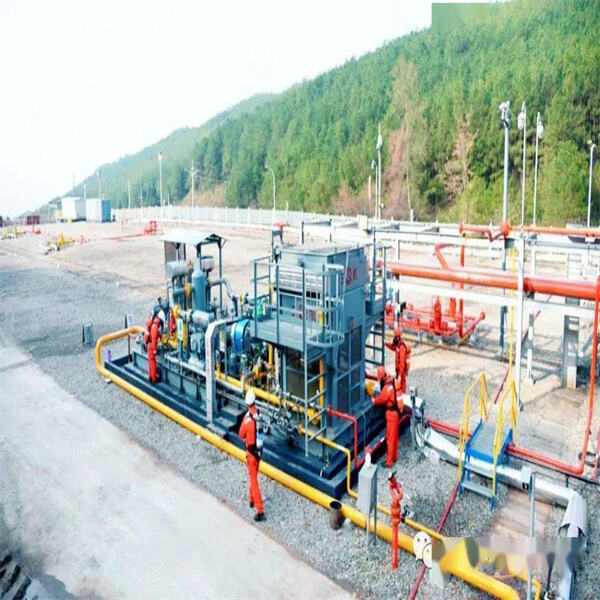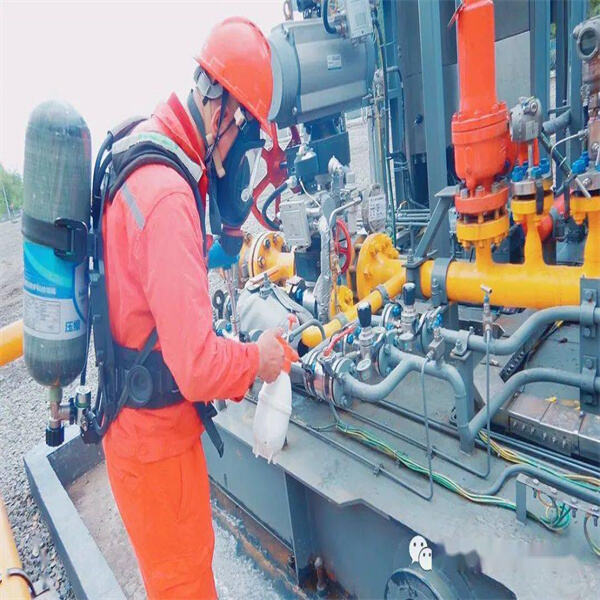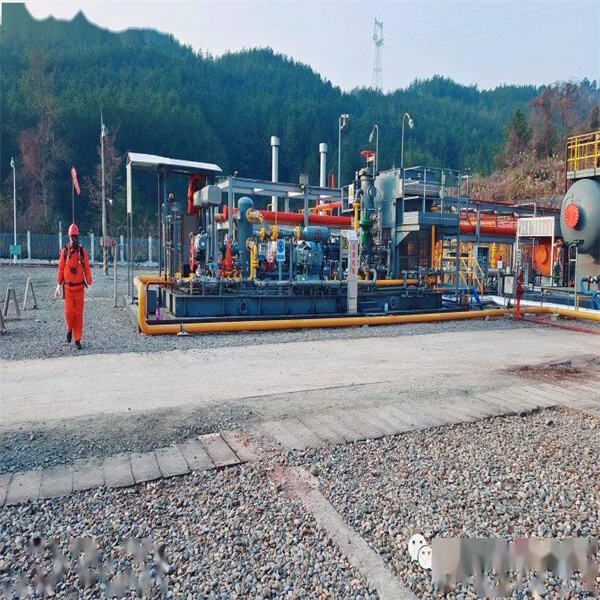Studying gas compression systems can help us understand how machines are designed to assist with various tasks. Those systems are the equivalent of strong muscles that squeeze gas to take up less room. When you press a gas, it’s a lot easier to push it through pipes and use it in a lot of other ways.
Maintaning oil and gas platforms is as vital as maintaning our bodies is. We need nourishing food and exercise to stay strong, and gas compression systems need regular maintenance — including cleaning — to run effectively. If we don’t maintain them, they could deteriorate and fail, and the businesses that rely on them could suffer as a result.

Things are better and faster with gas compression systems! In a factory, for instance, they may help machines work better and produce more products in less time. Such information can save money and help the business to succeed.

There are several types of gas compression systems to suit different requirements. Some are small and can be moved about, while others are big and strong. Some varieties of gas compression systems may be more effective than others depending on the job.

Let’s see how gas compression systems serve various industries to understand their significance in our day-to-day lives. They are employed in oil and gas production, manufacturing and even in our homes to heat water and cool air. Gas compression systems, after all, are the only way a lot of the things we do are even possible.